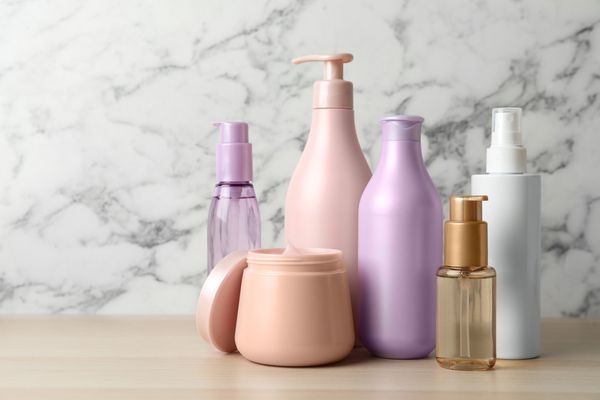Unilever (UL +0.40%) investors were optimistic heading into the consumer products giant's third-quarter earnings report. Growth rates have been stable or rising across several important markets, which gave management confidence that it'll land within the range of its long-term annual sales targets.
Last week, the food, home care, and personal care company announced earnings results that maintained that modest momentum as Unilever begins to look ahead to fiscal 2020.
Let's dive right in and discuss three takeaways from the report.

Image source: Getty Images.
1. Slowing sales gains
Organic sales, which strips out the impact of foreign currency exchange movements, rose 2.9% to mark a slowdown from the 3.3% increase the company had notched through the first half of the year. The decrease stands in contrast to rivals like Procter & Gamble (PG +0.92%) and Kimberly-Clark (KMB +0.97%), which have each announced faster growth in recent quarters. Both of these competitors are due to post earnings results next week that might put further distance between them and Unilever today.
The good news is Unilever is seeing a healthy balance between higher pricing and volumes, with each component making up roughly half of the 3% sales uptick this quarter. Still, CEO Alan Jope and his team have identified accelerating revenue growth as a core objective, and this week's report shows that they still have work to do to move in that direction. "We will step-up competitive top-line performance," Jope said in a press release, "through innovation and portfolio evolution."
2. Standout segments
Unilever's home care division was by far its best performer, with hit regional cleaning brands like Europe's Cif and China's Omo helping push organic sales up over 5% on robust volume gains. On the other side of the ledger, the food segment took a step lower. Management said the drop was mainly due to unusually warm weather boosting ice cream sales in the prior-year period.
Executives highlighted key competitive wins, meanwhile, including getting the dressings business to market share gains. "We have maintained momentum in the quarter, with good balance between volume and price," Jope explained.
3. Looking ahead
Unilever left its outlook unchanged and still expects to grow organic sales by about 3% to 4%, or about even with last year's results. That figure is near the low end of management's 3% to 5% annual target and it also trails the rates that Procter & Gamble and Kimberly-Clark are projecting right now.
Jope and his team still think they'll make steady progress toward faster growth in 2020 while continuing to generate higher profit margin. Even modest success along those lines should leave investors looking at higher cash flow, robust direct cash returns, and decent earnings growth while Unilever works to return to stronger market share trends.
The top-line sales number this quarter confirms that its recovery is still a work in progress. But Unilever's healthy volume gains and increasing profitability suggest that patience on the part of investors might be rewarded as soon as early 2020 when sales gains might pick up again toward 5%.








